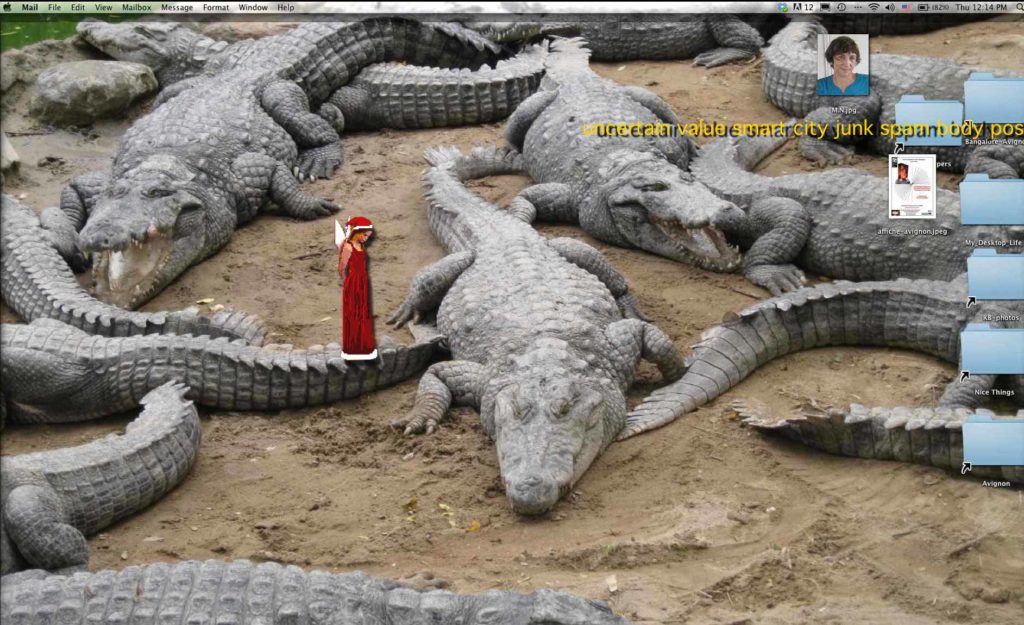My Desktop Life is an online software which allows to produce films, or animations with images, sounds, movements, texts, playing in a browser online.
The project is showcased in this website MyDesktoplife.org complete with screen captures of the created films hosted in Vimeo.
MyDesktopLife is an ongoing project. Check out for the news.

This creation originally supported by a research grant from ZKM Karlsruhe, Art On Your Screen initiated by Matthias Kampmann. It was proposed to the public on the AOYS website in December 2014. They host one of the films created by MydesktopLife, “This Is Home”.
The project is also presented since April 2014 in ” Performing the Media, Online Identities” in the online platform Netspecific.net from the Museum For Samtidskunst in Roskilde, Denmark.
The films created with the software MyDesktopLife represent a flow of consciousness composed of different layers images, texts, sounds, voice melted into each other. It suggests a moment of daydreaming in front of a computer screen when what happens inside your own mind get intertwined with actual views of desktop pictures, memories, typed texts, automatic translations, all this colored by fleeting moods, disturbed by unexpected pop-ups or alert sounds, and then resuming its own flow mingling personal memories and stored data. They can be presented to an audience in different situations, large size flat screens or projected in a dark room.
These films are generated by a custom-made software created in collaboration with James Hudson.
Technical description
The My_Desktop_Life software is broken into two parts: an editor for creating content, and the player to replay it in a browser. The editor is only a thin layer over the player, so with the click of a button, the editor part can disappear completely, leaving the work as it will be seen by the audience. Unlike a ready-made commercial tool which divorces the creative process from the final work, the artist is constantly seeing the work through the eyes of their future audience as they create. The user interface is based on a physical manipulation paradigm: dragging objects and actors around a stage; rather than clicking buttons and typing. The artist should feel as if they are directing a performance, not building a computer file.
Both editor and player software run in the browser, using open standards and frameworks such as CSS, jQuery, and Javascript. This allows the software to be maintained and developed on the web: the same context in which it will be exhibited. It also allows closer collaboration between the developer and the artist (who live in different cities), with updates and example performances easily uploaded and shared between them.
The technology was chosen to balance cutting-edge features with the need to reach as wide an audience as possible. It has enough power and flexibility to move beyond the standard web content found on commercial sites, and to bend the fabric of the web in ways the audience would not expect, while not requiring the very latest computer or browser software.